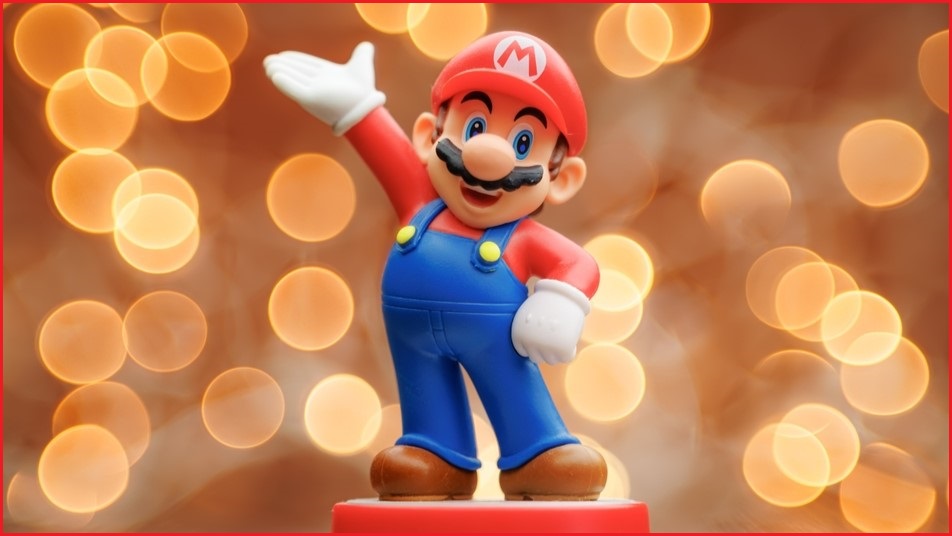Nintendo has become the biggest publisher to abstain from using generative artificial technology (genAI) in its games.
As game publishers ramp up their adoption of genAI for design, development and storytelling, Japan’s industry titan Nintendo appears to have taken a firm stance against using the technology as a replacement for human creativity.
When asked about genAI in a recent investor Q&A, Nintendo president Shuntaro Furukawa raised intellectual property concerns, before pointing out the technology is not a silver bullet for industry creatives.
“In the game industry, technology similar to AI has been incorporated into the movements of enemy characters for some time,” said Furukawa.
“We believe that game development and AI technology have had a close relationship from the beginning. It has become a hot topic …
“Although generative AI can be more creative, it also comes with issues such as intellectual property rights.”
Furukawa emphasised that for decades, Nintendo has had the know-how to “create the perfect gaming experience” for its customers, referencing the company’s early beginnings with home gaming in the 1970s.
While Furukawa assured investors the company is willing to “respond flexibly” to new technologies, he emphasised it can’t “simply create new things through technology alone.”
Nintendo’s apparent decision to forgo genAI in its first-party games, while a distinct approach, is not surprising.
The company has a reputation for being extremely litigious regarding copyright and its IP: slapping fan projects with cease-and-desist orders; issuing copyright strikes against content creators for sharing gameplay footage; and in one case forcing a piracy hacker to pay the company 25 to 30 per cent of his earnings for life.
Generative artificial intelligence poses unique challenges regarding copyright, with countless artists and companies across gaming, literature, film and music voicing disapproval over the technology’s murky use of IP to train its models and produce content.
Earlier this year, Nintendo found itself in an AI copyright controversy with the release of Palworld – a third-party indie game which was widely suspected of using generative AI to craft uncanny lookalikes of characters from Nintendo’s popular Pokémon franchise.
After Palworld went viral and sold millions of copies across the globe, Nintendo stated it would “investigate and take appropriate measures to address any acts that infringe on intellectual property rights related to the Pokémon”.
How are game devs using AI?
Nintendo hasn’t explicitly closed the door on future adoptions of genAI, but its current stance is a stark contrast to an industry eager to use the technology for cost-cutting and new developmental possibilities.
Rival “big three” gaming companies Xbox and PlayStation both have AI initiatives underway, with Microsoft aiming to develop Xbox game development tools for genAI characters and storylines and Sony forecasted to have genAI baked directly into its next generation of consoles.
Meanwhile, game publisher Ubisoft has already unveiled non-player character technology which adopts genAI to establish character personality and influence player interactions.
Furthermore, chief executive of gaming company EA, Andrew Wilson, claims more than 50 per cent of the company’s development processes will be impacted by AI, telling investors the technology has the potential to change gaming “in much the way YouTube did for traditional film and television”.
As genAI is anticipated to reduce development time and expenditure, Nintendo’s investors criticised the company for its distinctly lengthy release cycles, referencing the latest Mario game which marked the first 2-dimensional entry in the franchise in 11 years.
In response, Furukawa said it is “unavoidable that development becomes longer, more complex, and more sophisticated”, before assuring investors Nintendo is “making the necessary investments to respond to these changes.”
Notably, Nintendo’s next console is anticipated to use a custom chip from Nvidia – the graphics card maker which recently (and momentarily) became the world’s most valuable company due its role in powering artificial intelligence.










